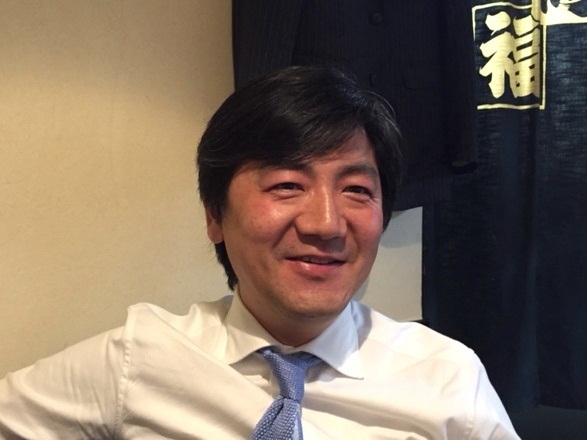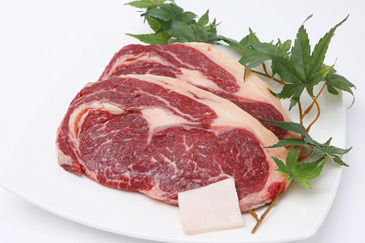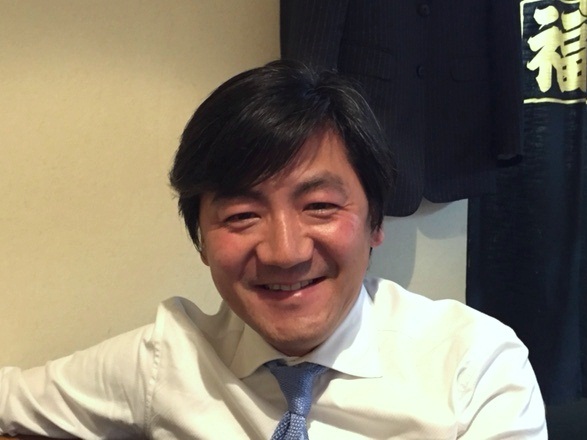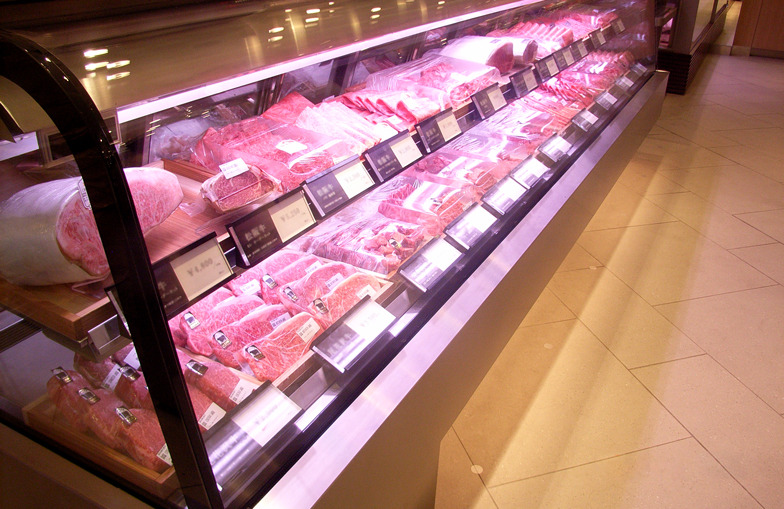The source material for concepts and ideas isn't just the immediate task at hand, but all of life's experiences—it's about "knowledge." To achieve this, it's effective to take each piece of information at face value, without judging whether it's right or wrong. So, this time, we continue the previous episode shared by Mr. Yasunari Kojima, Vice President of the long-established Wagyu beef wholesaler Kojima Shoten. Will it be useful to you?

Mr. Yasunari Kojima, Vice President, Kojima Shoten
You know the saying, "A5 doesn't guarantee deliciousness," right? And that "even among A5 beef, the market price for heifers (uncalved females) and castrated bulls (males) is completely different"? ( Previous column) But what professionals really evaluate is "bloodline." Some even say, "No matter the rearing method or region, you can't surpass the bloodline."
A common point is how pure the Tajima beef lineage is. But Tajima beef, while excellent in flavor, has the characteristic of not growing very large. Since the Wagyu business is fundamentally "price per kilo," it's often avoided.
That's why the Kichō lineage from areas like Tottori, which is easier to raise, grows quickly, and has decent flavor, became hugely popular for a while. Literally, a huge trend. And that bloodline ended up in about half of all Wagyu nationwide.
I'm not saying the Kikata lineage is bad, but it's frustrating to see the unique characteristics of each region's Wagyu culture get lost like that. Snowy regions can't build large barns, so they excel at raising smaller, flavorful heifers. Southern regions thrive in warmer climates, raising larger cattle. It's through these regional differences and healthy competition that the overall quality of Wagyu can truly improve.

Kitazato Yakumo Beef
There are many people doing interesting things with cattle breeding. For example, Hokuryo University's Yakumo Ranch in Hokkaido practices a fully closed-loop system. They raise their cattle solely on their own pasture grass and use the manure to grow more grass. It's obvious, but it's a challenge because no one else in Japan is doing it right now. The characteristic feature is that the carotene from the grass dissolves into the fat, giving it a slightly yellowish hue. It commands a premium price, but when we sold it recently at a department store in Kanagawa, people literally lined up for it. If you properly explain it to consumers in urban areas, they do understand. So now, our role as wholesalers is to convey this message to producers: "This kind of Wagyu is also valued. Raising Wagyu isn't just about shipping out cheap beef with greasy fat."

Typically, the wagyu business involves buying calves and raising them. But transporting calves causes stress. Stress negatively impacts meat quality. That's why many farmers now handle everything from calf birth to fattening.
Cows dislike insects. But since they sometimes lick their own bodies, some farmers avoid insecticides and instead hang numerous fly traps in their barns.
The old "beko" cattle were delicious. So, some farmers try to raise them the same way as before, feeding them cooked rice instead of raw rice, or steamed potatoes, the same food humans eat.
Beyond just black-haired cattle, there are also differences in breeds like brown, hornless, and short-horned. There are incredibly rare breeds too, like the purebred Kuroge Washu cattle like Mishima cattle and Kuchinoshima cattle. There's such a wide variety, which is why working with Wagyu wholesalers is so interesting.
If you get the chance, stop by Kataba-san at Ginza Mitsukoshi or Kojimaya at Shinjuku Isetan. If you're lucky, you might encounter some of Mr. Kojima's recommended, niche (?) cuts of meat. And if you "epoch" that experience, including the taste, it will surely help in developing your concept!
Enjoy!






